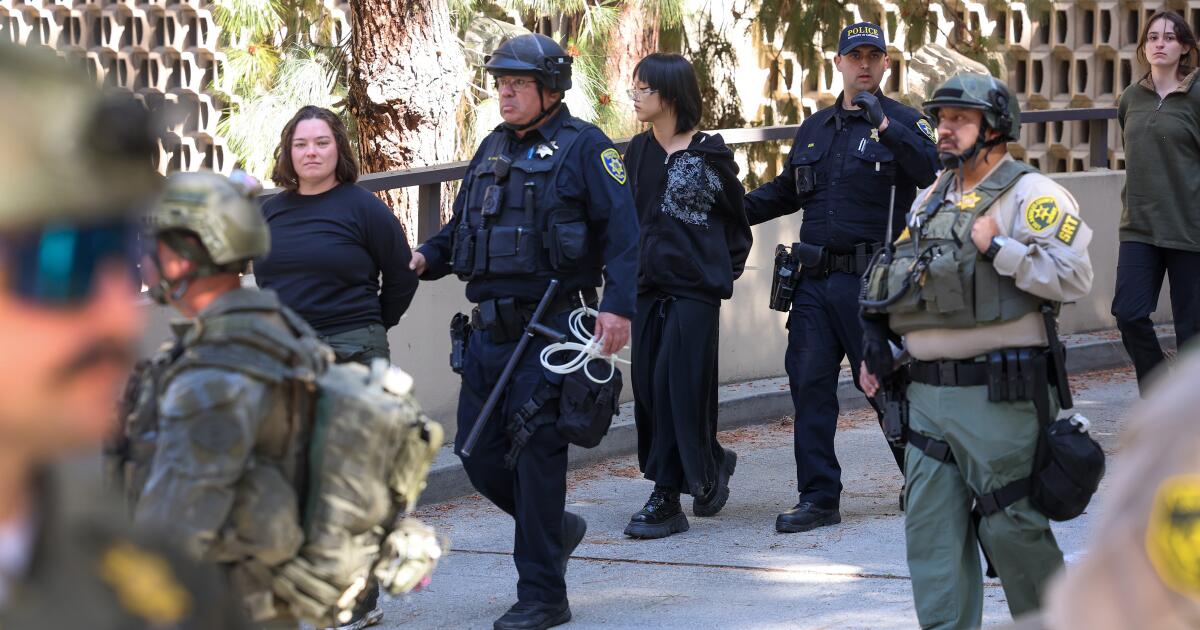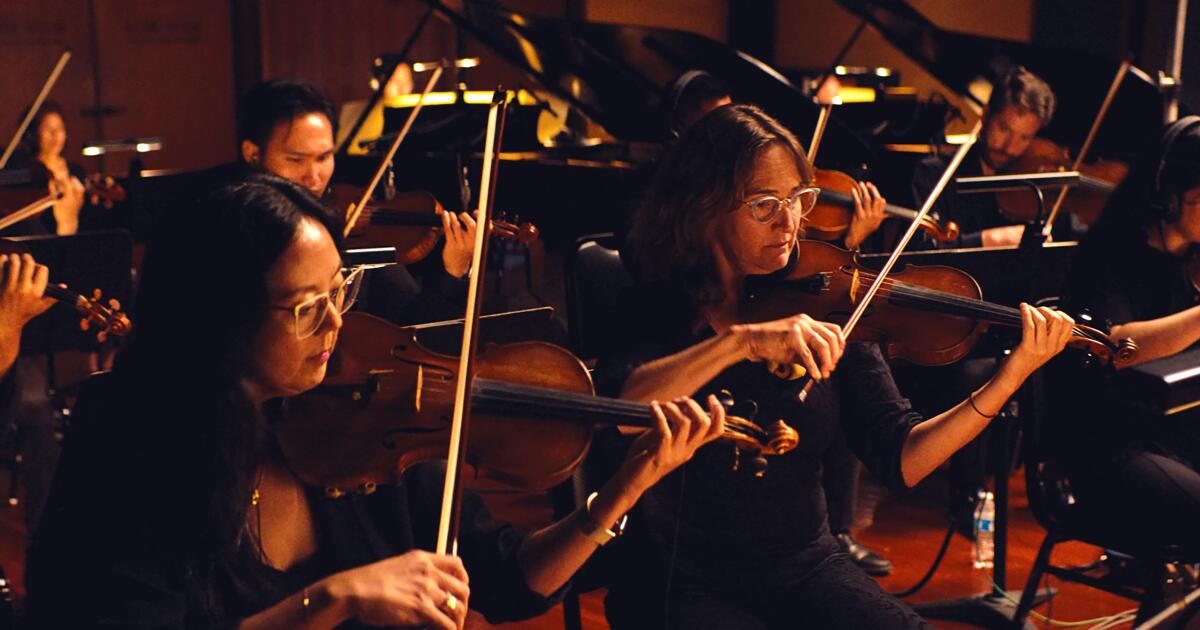We tend to see the New Year as a new beginning, as an opportunity to start over. Aspiring for something different, something better, we make resolutions in the hopes of becoming healthier, more productive, more successful… but in reality, the end goal is to be happier: to feel satisfied instead of wishing for something right now. next year.
We look for ingredients for this new, better life in magazine headlines and “how-to” experts who promise that a New Year could transform each of us into a “new you.” However, no one needs outside guidance or expertise to identify their sources of satisfaction. We don’t have to look for something new and different. The best indicator of what willpower making us happy is what has made us happy.
I teach a course to executives and graduate business students at UCLA called Applying the Science of Happiness to Life Design. The goal of the 10-week elective is simple: guide students to greater satisfaction in their days, careers, and lives overall. I present a multitude of academic research findings in the fields of psychology and behavioral decision making, but students’ most important lessons come from assignments that push them to reflect on their own experiences.
One of these tasks is remarkably simple. It will only take you a few minutes and you can do it right now. Reflecting on the past year, what were the moments when you felt the most joy? Think about it for a moment and write down the five activities from the last 12 months that seemed happiest to you. It is these activities that made you feel happy before that hold the greatest promise for making you feel happy in the future.
Notice, this is different than me asking you about what activities in general make you happier. That question is unhelpfully vague and potentially discouraging. Without the defined time frame of the past 12 months, it leads to responses based on abstract beliefs, rather than actual experiences, which can be misleading in the pursuit of happiness.
If you are nervous about the accuracy of your memories from the past twelve months or if you are someone who gains confidence with data, you can also perform the time tracking task. Over the course of a week, for every half hour you are awake, write down what activity you did and how you felt on a 10-point scale. For these ratings, honestly reflect on how satisfied and fulfilled you felt upon completing that activity. Although it may seem tedious to track your time for an entire week, reviewing your numbers to identify your emotional high points can be surprisingly insightful.
You’ll likely notice which ways of socializing seem most meaningful to you. You will see which activities or work tasks are the most rewarding. Even if you may have thought that watching TV at night is a reward and you’re afraid to exercise, your data could very well reveal that time spent on the couch is normal and that exercise is energizing or even fun, especially when done in an environment particular or with a particular training. buddy.
These tasks are more useful than “top tips for New Year’s resolutions” drawn from the experiences of groups of people, many of whose circumstances and preferences are quite different from yours. Your own previous experiences offer much more information and precise guidance about what will make you happy in the future.
A similar strategy can guide your approach not only for the next year but for many years to come. To find what is most likely to produce lasting happiness in your life, you might ask someone closer to the end of theirs to look back. Yet another assignment I give my students is to ask an old man who has lived a good life (someone who is happy and views his past life with satisfaction rather than regret) to reflect on his sources of pride. Ask an elderly person you admire what brought them the most joy over the years. His past experiences, as well as yours, can inform his future decisions.
Take a look back to identify your sources of happiness and resolve to make time for them over the next 12 months amidst the hustle and bustle of life.
Cassie Holmesprofessor of marketing and behavioral decision making at UCLA’s Anderson School of Management, is the author of “happiest hour.”











